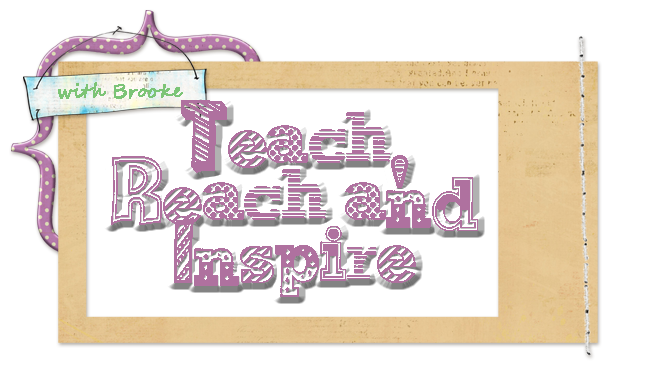This summer I had the opportunity to teach a week long Book Club class to a small group of students that will be entering 1st and 2nd grade. Below you will find information about the books that I used and the crafts we made.
Monday
Book:
Book description : Ira is thrilled to spend the night at Reggie’s, until his sister raises the question of whether he should take his teddy bear.What would Reggie think? Of course Ira’s big enough to sleep without his beloved bear . . . isn’t he?
Craft:
We made our own little teddy bears.
Materials Used: bear cut-out template, brown felt, scissors, craft eyes, black marker, cotton balls and fabric glue
Process: Trace bear shape on 2 pieces of brown felt, cut out shapes, position eyes and draw face and other optional decorations one one of the pieces of felt, use fabric glue and glue along the edge of half of the bear shape and wait a few minutes to dry, stuff in cotton balls and glue the remaining edges of the bear together
Pick up a copy of the bear template
here.
Tuesday
Book:
Book description: After her castle and clothes are destroyed by the dragon, Princess Elizabeth, dressed only in a paper bag, sets out to rescue Prince Ronald, who was taken captive.
Craft:
We made paper bag clothing.
Materials Used: large lawn bags (available at Walmart), scissors, crayons, markers, construction paper and other craft items such as buttons and ribbon if desired
Process: hold bag up to student to help determine where the holes should be cut, adjust length by cutting off any excess bag, make a cut up the back of the bag for the dress and up the front for a shirt in or to make the garment easy to take on and off
Wednesday
Book:
Book description: The kids in Room 207 take advantage of their teacher's good nature until she disappears and they are faced with a vile substitute.
Craft:
We made Miss Viola Swamp masks.
Materials Used: Miss Viola Swamp face and hair template, scissors, glue, white and black construction paper, crayons, yard or elastic string, and a hole punch
Process: trace face template on white paper and hair on black paper, draw on face with crayons, glue face and hair onto plate, make one hole punch on each side of the mask and attach yarn or elastic string
Pick up Miss Viola Swamp face template
here.
Pick up Miss Viola Swamp hair template
here.
Thursday
Book:
Book description: Camilla Cream loves lima beans, but she never eats them. Why? Because the other kids in her school don't like them. And Camilla Cream is very, very worried about what other people think of her. In fact, she's so worried that she's about to break out in… a bad case of stripes!
Craft:
We colored pictures of ourselves as if we had a bad case of stripes.
Materials Used: camera, Photoshop program, computer, printer, copy paper, crayons, glue
Process: I first took pictures of my students, I then downloaded them on my computer, and used Photoshop to convert the photos in a coloring page. For a step by step video of how this was done, click
here. Then, print out pictures and have students decorate them with their version of "stripes." We then mounted these pictures on a piece of construction paper.
Friday
Book:
Book description: Jimmy's boa constrictor wreaks havoc on the class trip to a farm.
Craft:
We made our own pet boas.
Materials Used: green duck tape, green bulletin board paper, scissors, markers, red ribbon
Process: lay green bulletin board paper on floor or long desk, decide how long your snake should be, slowly lay duck tape down on top on the paper, cut out paper around tape, round off face and tail with scissors, tape on a piece of red ribbon that has been cut out into a forked tongue shape, have students decorate with markers
If you would like to see my lesson plan/parent letter for this Book Club, click
here.
























